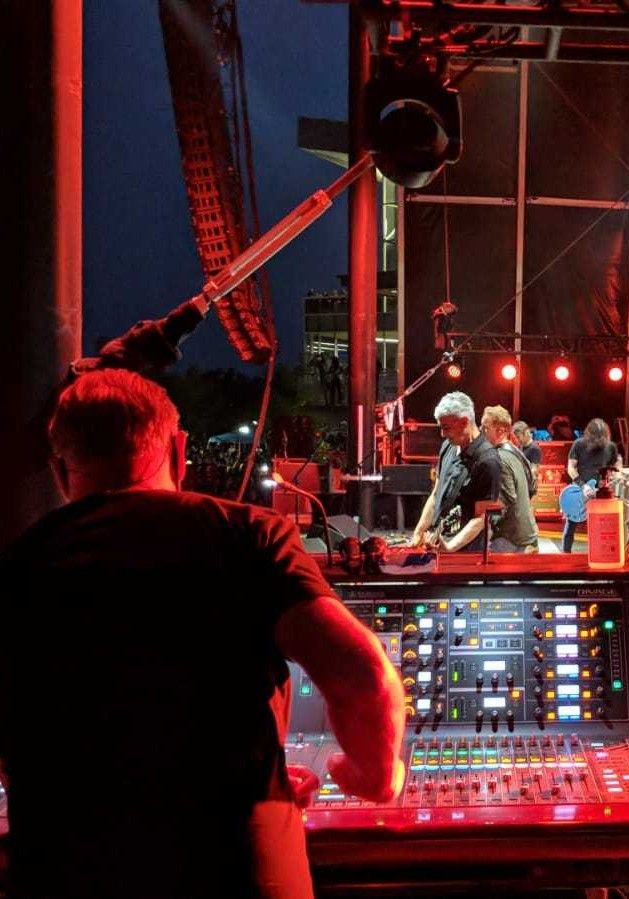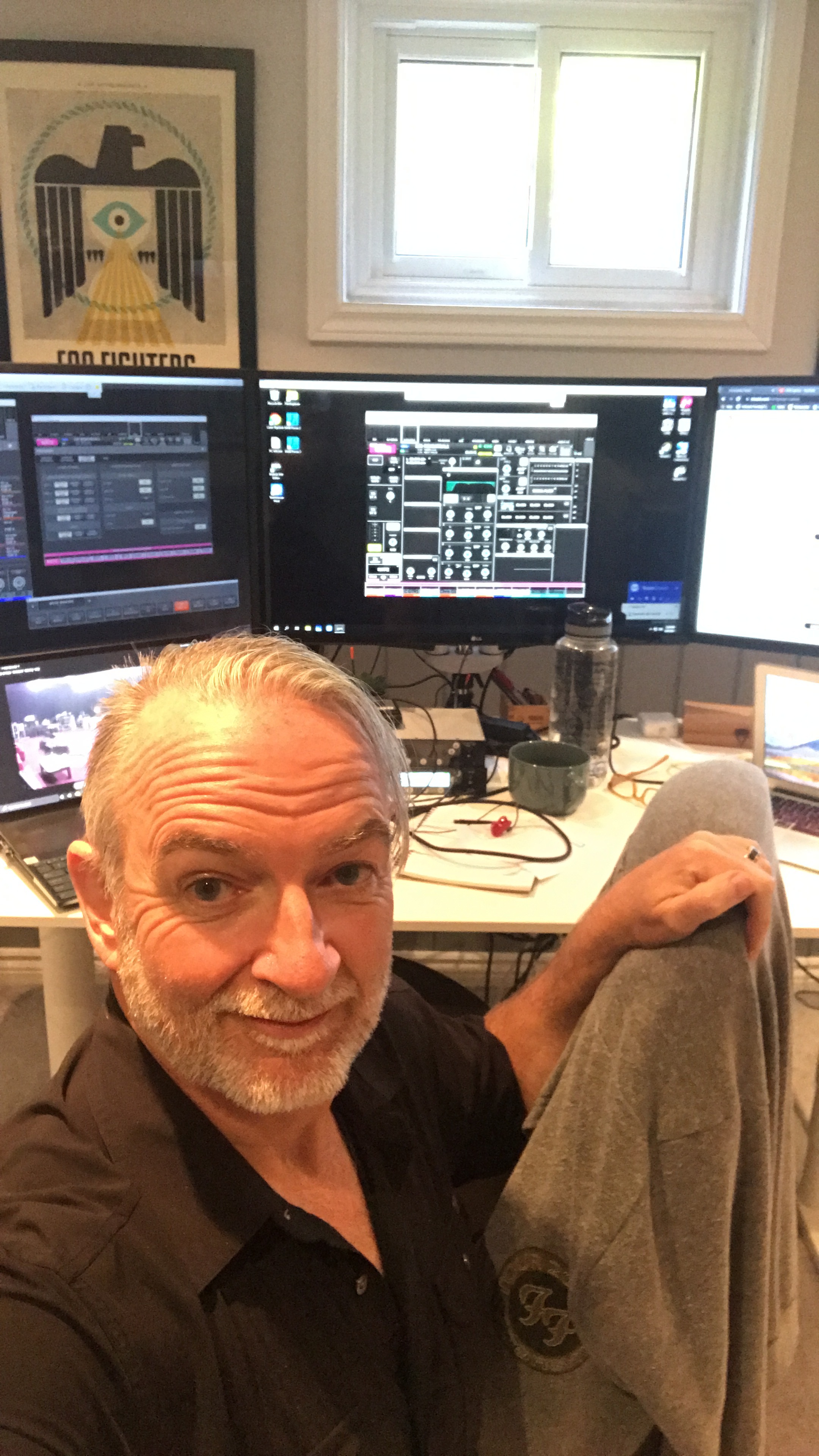Veteran monitor engineer Ian Beveridge, who has worked extensively with the likes of Foo Fighters, Green Day, Weezer and more, tells Headliner how he got into mixing live sound, shares stories of his formative years on tour with Nirvana, and reveals why he uses JH Audio in-ears both at home and on the road.
Beveridge is the kind of person who is never not-busy. Toronto-based but recently found in-and-around L.A doing shows to promote his friend Dave Grohl’s new book, he had become acquainted with mixing Foo Fighters’ immense live shows remotely during quarantine, a pursuit which he says served as a pleasant respite from touring life, as well as a real education.
“Essentially how that worked was, there’d be a mixing console on site at the venue where the band was playing, and then I would remote into the editor that was hooked up to the console via TeamViewer,” explains Beveridge. “Clair Global devised a system where we could tunnel audio between the venue and me. My cue bus was sent to me and then I had a talk-to-stage mic that was sent to them, and then we just did a Zoom call or Webex call to actually hook up the video.
“I was in Toronto doing a bunch of shows and the band were in Los Angeles, and as far as latency was concerned, the biggest it got was about 40 milliseconds, which was slightly awkward for communication because of the delay, but still doable. All I had was a D/A interface, my JH Audio IEMs for monitoring, and a Yamaha PM10 console to create shows from a template.”




